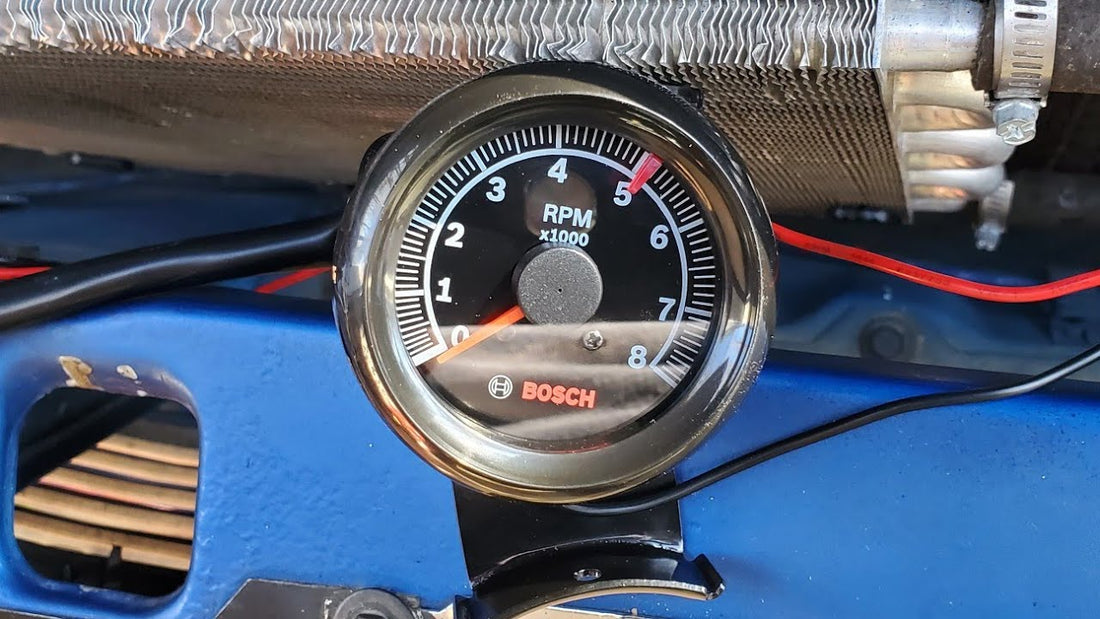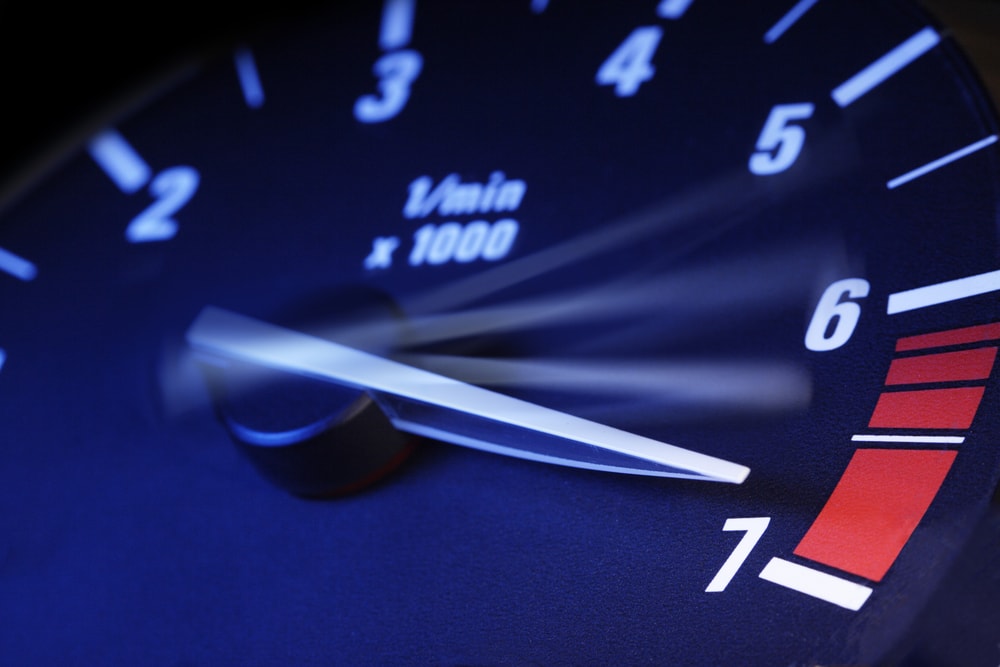
What Is the Normal Tachometer Speed and Why It Matters?
Share
The tachometer is an essential instrument in various vehicles, providing crucial data about engine performance and speed. For tech professionals and enthusiasts, understanding what is the normal tachometer speed is vital not just for driving or operating machinery but also for diagnosing engine issues. Let's delve deep into what this speed really means and why it should matter to you.

Understanding the Basics of Tachometers
A tachometer measures the rotational speed of an engine and displays it in revolutions per minute (RPM). This straightforward but critical function enables better understanding and management of engine performance. But what is considered a normal RPM?
The Importance of Normal Tachometer Speed
The normal tachometer speed varies significantly based on vehicle type, engine size, and intended use. In general, a normal tachometer speed for passenger vehicles usually falls within the range of 1,000 to 3,000 RPM when idling. For performance cars, this can vary even more with limits extending up to 8,000 RPM or more.
How to Interpret Tachometer Readings
Understanding the readings from a tachometer involves more than just reading a number; it's about interpreting what those numbers mean for your vehicle. The color-coded ranges on the tachometer are vital:
- Green Zone: Normal Operating Range
- Yellow Zone: CautionHigh RPMs
- Red Zone: DangerAvoid this RPM!
Why Does Normal Tachometer Speed Matter?
Maintaining the normal tachometer speed is essential for several reasons:
- Engine Longevity: Running at excessive RPM can damage engine parts.
- Fuel Efficiency: Engine efficiency can drop significantly outside the normal RPM range.
- Performance Monitoring: Regular checks help identify performance issues before they escalate.
What Affects Tachometer Readings?
Several variables can affect the readings on a tachometer, including:
- Engines: Different engines may have different RPM gauges.
- Load: The load on the vehicle affects RPM readings greatly.
- Conditions: Environmental conditions like temperature can also play a role.
Using a Hand-held Tachometer
For tech enthusiasts, using a hand-held tachometer can be a rewarding experience. Hand-held units can measure RPM accurately and are incredibly useful in settings where traditional dashboards are not available. To discover more about using this kind of tachometer, check out how to use a hand-held tachometer.
Tachometer Calibration and Accuracy
It's essential to ensure your tachometer is calibrated correctly. Calibration issues can lead to incorrect readings. Regular maintenance and checks are recommended to keep the tachometer functioning accurately.
Reasons for Tachometer Malfunctions
Some of the leading factors that can cause tachometer malfunction include:
- Wiring Issues: Faulty wiring can lead to inaccurate readings.
- Sensor Failure: The sensors that read RPM can fail over time.
- Environmental Conditions: Extreme temperatures can also affect performance.
Frequently Asked Questions
What is the safest RPM for my car?
It typically depends on the vehicle, but generally, maintaining RPM in the green zone (1,000 to 3,000 RPM) is considered safe to avoid unnecessary wear.
Can high RPM damage my engine?
Yes, consistently operating above the normal RPM can lead to overheating and other serious engine issues.
How do I fix a malfunctioning tachometer?
Regular checks for wiring and sensor functionalities are essential. If issues persist, professional diagnosis and repair are recommended.

Conclusion
Now that you have insights into what is the normal tachometer speed and how to interpret it, you are better equipped to monitor your vehicle's performance. Whether you are a tech professional or an enthusiast, knowledge of your tachometer can significantly affect your driving experience.
For more information on tachometers, visit ScienceDirect or check out what a tachometer measures on an ATV.
